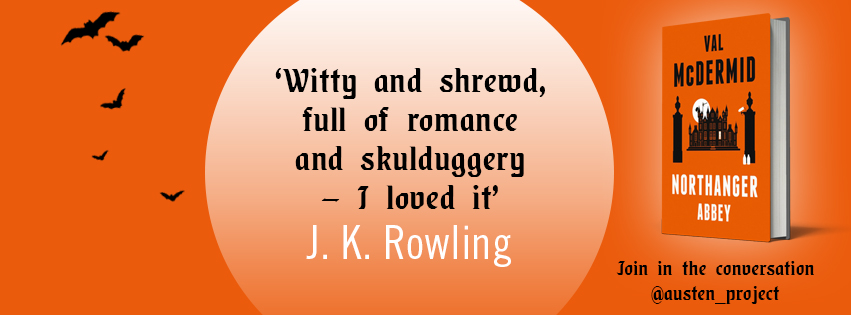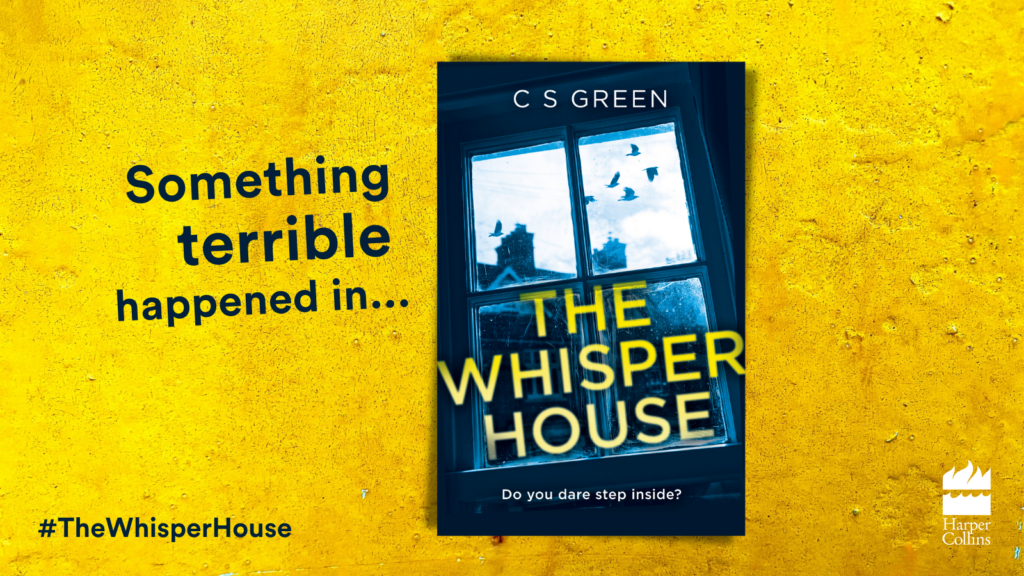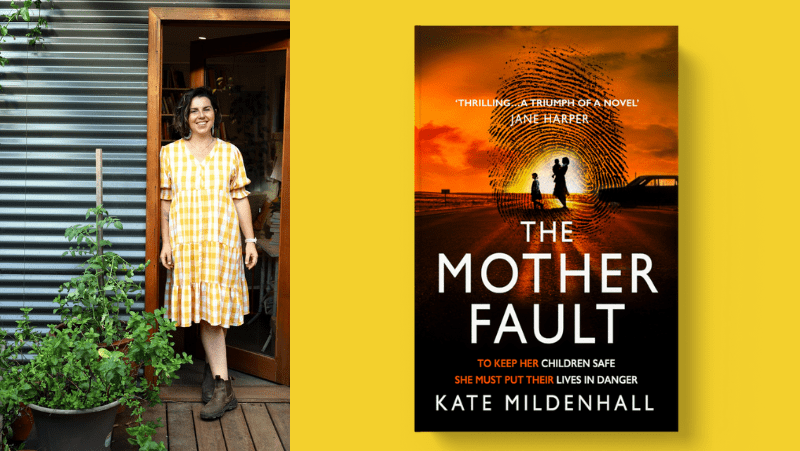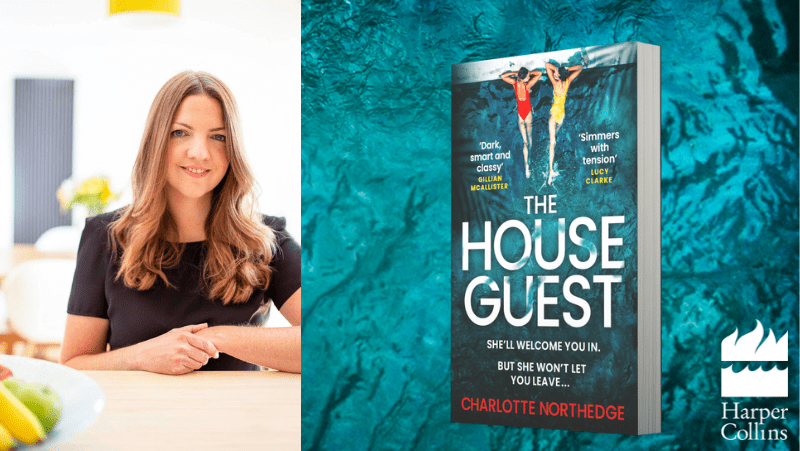The first time I read Northanger Abbey I was an undergraduate at Oxford studying the early development of the English novel. I was seventeen – the same age as Northanger Abbey’s young heroine Catherine Morland, though naturally I considered myself far more mature and worldly than she is. And I remember two major things about that. Firstly I felt some impatience with Austen’s position that a woman needed to define herself in terms of her relationship to a man. And the second thing was that I utterly understood that you could, like Catherine, lose yourself so thoroughly in a book that it assumed a heightened reality that was much more interesting than life itself. In fact I spent my teens doing the very same thing, injecting myself into the plots of novels I was reading, because my own daily grind was infinitely duller by comparison. In that respect, I totally got Catherine Morland.
It is probably the least conventional of Jane Austen’s six published novels – and that suited me well since I’m not what you’d call a conventional romantic novelist! It’s also the least well known, which always surprises me because in some respects, it’s much closer to the novels we read now than Jane Austen’s other works. Like the other five, it has at its heart a love story shaped by the conventions of the time. But unlike them, it goes beyond that to take a shrewd and unsparing look at the role fiction plays in our lives.
Northanger Abbey is the novel where Austen tells us what she really thinks about her fellow fiction writers, with all of the wit she had in her arsenal. She takes sideswipes at those who claim fiction is a waste of time. She upbraids other authors for not standing up for themselves and giving their heroines only ‘improving’ books to read and not ‘frivolous’ novels. She points the finger at critics who despise the works that give pleasure to so many readers. It’s a Regency rant that wouldn’t be out of place in a twenty-first century blog – sharp and sarcastic; she skewers those who have no time for novels or their creators.
But that doesn’t mean she’s blind to the deficiencies of some novelists. And in this book she seizes the chance to poke fun at a whole sub-genre of her contemporaries – the gothic horror novel. At its heart, Northanger Abbey is a satire that takes apart the conventions of the gothic horror stories and exposes their ridiculous characters, their improbable narratives and their failure to reflect the lives of their readers in any significant particular. Austen has no patience for the suggestible readers who see the novel as any kind of blueprint for living. And this is where I had my fun.
It’s Austen’s sideways look at the effects of the stories we become obsessed with that makes Northanger Abbey the funniest of Austen’s sly social comedies – human nature remains the same. We all know people who live their lives convinced the zombie apocalypse is just round the corner or who place the same faith in Bridget Jones and her fellow heroines as the young protagonist, Catherine Morland, places in the reality of the horror novels she loves. And with equally unfortunate emotional consequences. The satire bites as hard now as it did at the time of writing.
Reading it now, as the mother of a teenager and the author of more than thirty books, a new Northanger Abbey emerges from Austen’s pages. And that is a novel whose characters are perennial, as true to life now as they were then. We all know empty-headed shopaholic Mrs Allen; the flirtatious Isabella with an eye always on the main chance; the mother who, like Mrs Thorpe, is blind to the flaws of her own fallible offspring; the arrogant jack the lad like Captain Tilney who loves them and leaves them; the brash John Thorpe who could walk into a job on Top Gear; and above all, the sweet-natured Catherine Morland who sees the best in everyone except when she’s led astray by the power of her imagination.
One of the strengths of Jane Austen’s work is that when we reread her, she rewards the different sensibilities of our age. We find a fresh understanding of the novels because our experience of life is wider and deeper. Austen’s skill is to provide new readings of her work that chime with our greater understanding of people’s dreams and fears.
And it’s that Northanger Abbey that underpins whatever vision of the book we take away with us. What makes Jane Austen as relevant today as when she was scribbling quietly in a corner of the drawing room is that she understood what makes people tick. More than that, she found a way to tell us in continually developing ways. Austen truly is the gift that keeps on giving.
– Val McDermid



